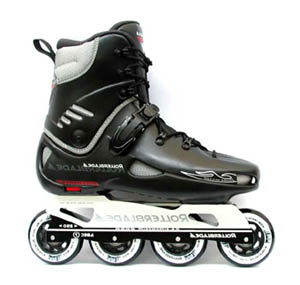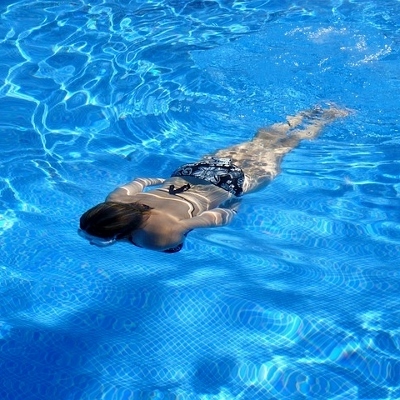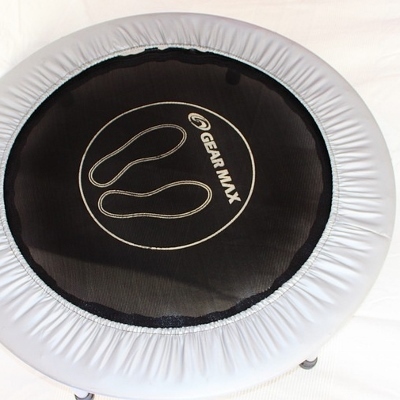 Despite some recent unseasonable weather in many parts of the country, spring is here, and summer is on the way. School will soon be out, and some folks will be looking for ways to have fun and stay fit as a family. A morning stroll, a play day at the park and bicycling around the neighborhood all come to mind, but how about a day at the rink?
Despite some recent unseasonable weather in many parts of the country, spring is here, and summer is on the way. School will soon be out, and some folks will be looking for ways to have fun and stay fit as a family. A morning stroll, a play day at the park and bicycling around the neighborhood all come to mind, but how about a day at the rink?
The modern version of the roller skate – four wide wheels on a platform strapped beneath a boot or shoe – was designed by James Plimpton of New York in 1863, and was an improvement on the initial versions developed in Europe around the mid 1700s. More than a hundred years after Plimpton, brothers Scott and Brennan Olson of Minneapolis developed the in-line skate. Interestingly, the idea came from a pair of 18th century roller skates they found at an antiques shop. The earliest skate prototypes used a single line wheel formation. Roller skates have been around a lot longer than roller blades, but both are forms of fitness that always feel like fun.
Let’s examine the health benefits of skating and the differences offered by each form.
- Roller skates offer better stability and general maneuverability and are the wheel set of choice for many beginners, which – aside from the “newbie†status of rollerblades – may explain why younger children are often associated with skates rather than blades.
- Inline skates offer greater velocity and ability to turn more quickly, and are more often associated with “grown-up” sports like roller hockey and speed skating.
- Either wheel configuration provides excellent health benefits because sustained use of muscle is required to “drive†the skates. Skating also tends to burn more calories than running, as well as being easier on the joints.
It is often debated among skaters whether the side-by-side or in-line wheel formation is best, but whichever you prefer, for the purposes of fun and fitness, both are at the top of their classes.





